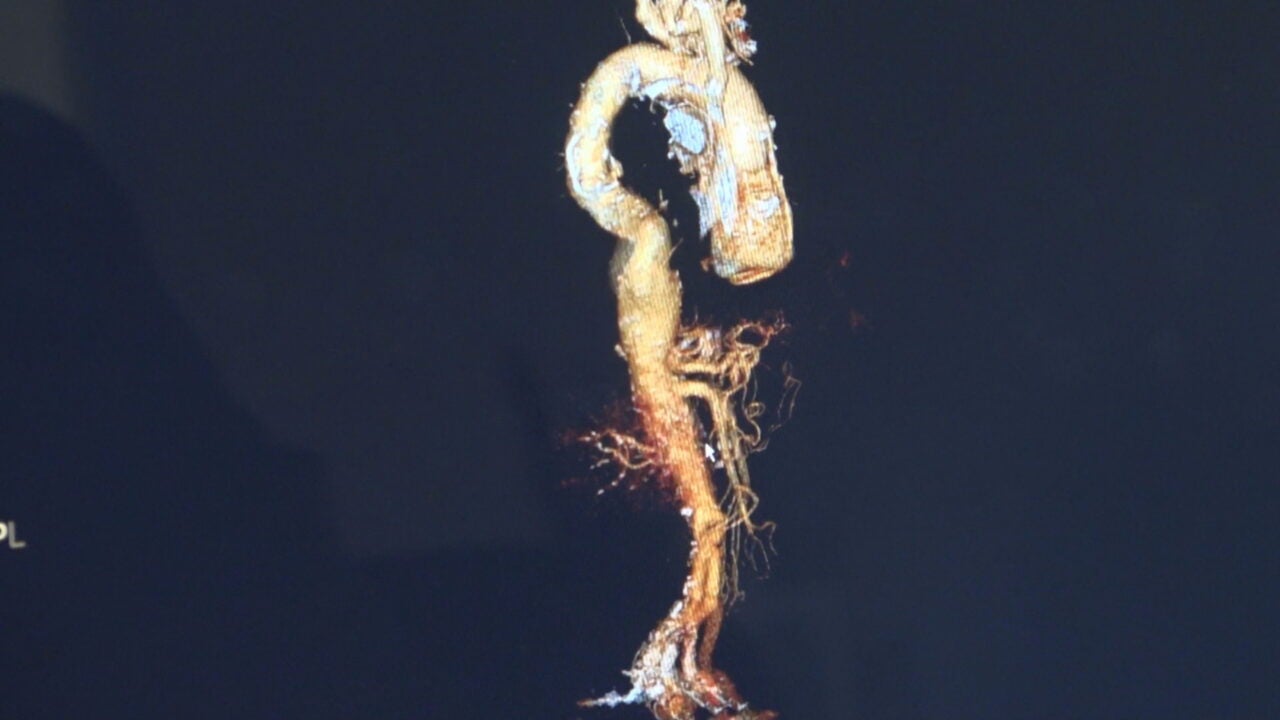Health Spotlight: Aortic aneurysm warning signs
INDIANAPOLIS (WISH) — More than 15 thousand people die each year from a ruptured aortic aneurysm. An aortic aneurysm happens when a bulge develops in the major artery that carries blood from your heart to the rest of your body. It’s hard to spot an aortic aneurysm before it bursts, but there are some important signs to look out for.
An aortic aneurysm is often dubbed as a “ticking time bomb.” That’s because most people who have an abnormal bulge in their heart’s aorta don’t know it – until it bursts.
“the aorta doesn’t have pain fibers, so people don’t know that they already have an aneurysm,” said Doctor Shahab Toursavadkohi with the University of Maryland Medical Center, “And they don’t know that their life is in danger. So, it’s really a silent assassin.”
Nearly 75 percent of patients with a ruptured aneurysm will die, but at least 95% can be successfully treated if the aneurysm is detected before it bursts.
“As you can imagine, a rupture of a high-pressure piping inside your body can be very deadly,” Said Toursavadkohi.
Usually, there are no symptoms before a rupture, but a few early warning signs to look out for include chest pain or tenderness, cough or hoarseness, shortness of breath, pain in the back, jaw, or neck, feeling full after small meals, and trouble swallowing.
You’re at a higher risk for developing an aortic aneurysm if you are male, over age 65, smoke, have high blood pressure, have heart disease, are obese, or have a family history.
If you do spot an aneurysm before it ruptures – treatment can be life-saving.
Doctor Toursavadkohi says aortic aneurysms are often discovered by chance when a patient undergoes imaging tests for another condition or has a physical exam with their doctor. A simple ultrasound can detect an abnormal bulge. Medicare and some private insurance offer free or low-cost aortic screenings for people at risk.
This story was created from a script aired on WISH-TV. Health Spotlight is presented by Community Health Network.
